Magnet Fishing 101: The Best Magnets for Magnet Fishing
Have you ever wondered what treasures might be buried in your backyard, the beach, or even at the bottom of lakes? While metal detectors are commonly used to look for any objects hidden in the ground, magnets alone can be used to look for metal objects underwater.
If you’ve ever considered trying out this hobby, you would quickly realize some magnets will work better than others due to various reasons.
What are the best magnets for magnet fishing? The best magnet for magnet fishing is a neodymium magnet. Neodymium magnets are made from rare-earth material metals, which are considered to be some of the strongest metals on earth.
Neodymium magnets vary in type and force, but a common magnet of this kind is the neodymium N52 magnet. This magnet weighs just under 2 lbs, yet it is capable of producing a pull force of 500 lbs. It is very important to note that one should never attempt to put two neodymium magnets together, otherwise the magnets will shatter.
Neodymium Magnet
The neodymium magnet is the most widely used type of rare-earth metal magnet and is also a type of permanent magnet made from an alloy of iron and neodymium. Neodymium magnets are the strongest types of magnets in commercial use and are divided into two subcategories due to different manufacturing processes.
Neodymium is a metal that is categorized as ferromagnetic. Ferromagnetic metals can be magnetized to become a metal, but in pure form, its magnetism only appears at very low temperatures. However, when combined with iron, the magnetism reappears at temperatures well above room temperature.
There are two principal manufacturing methods: classic powder metallurgy or sintering process and rapid solidification for bonding.
Sintered neodymium magnets are manufactured by melting the raw materials in a furnace and then cast into a mold for cooling. This process forms ingots which are then milled into powder. The powder is then sintered into blocks that are then reheated, surface treated, and magnetized.
Bonded neodymium magnets are manufactured by spinning and melting a thin ribbon of the alloy. The ribbon is then pulverized, mixed with a polymer, and then injected into bonded magnets.
Factors Determining Neodymium Strength:
- Specific crystal structure
- Alignment of microcrystalline grains
- Has large magnetic dipole moment
- Alternating layers of iron and boron atoms
Neodymium Properties
Magnetic Properties:
- Remanence- measures the strength of the magnetic field
- Coercivity- material’s resistance to becoming demagnetized
- Energy product- density of the energy
- Curie temperature- temperature at which the metal loses its magnetism
Neodymium magnets are graded based upon their maximum energy product which is the stored energy in the magnet and relates to its magnetic field. The maximum energy product is typically measured in megagauss-oersteds which is a unit related to flux density and field strength.
Given that maximum energy is related to flux density, or magnetic flux, a higher value of the energy product indicates a stronger magnet. Values typically range from 28 to 52. Any letters following the number values indicate maximum operating temperatures.
As briefly mentioned above, all magnets have several properties which allow users to determine which magnet will work best for their specific purpose. Neodymium magnets have a higher remanence, higher coercivity, higher energy product, yet much lower curie temperatures than other types of magnets.
Some neodymium magnets have been developed using alloys that contain terbium and dysprosium, which raise the curie temperature substantially.
Despite having better properties than all other metals, sintered neodymium tends to be vulnerable to corrosion and causes deterioration. Deterioration usually results in the magnet crumbling into small magnetic particles. This problem can be addressed by adding a protective coating to prevent exposure to the atmosphere.
Standard coating methods include nickel plating or two-layered copper nickel plating. Polymer coatings are also performed.
Different Neodymium Magnets for Fishing
Neodymium Magnets:
- 575 LBS Brute Magnetics Round Neodymium Magnet
- 880 LBS Round Neodymium Fishing Magnet
- Uolor Double Side Round Neodymium Fishing Magnets
- Wukong 837 LBS Super Powerful N52 Round Neodymium Magnet
As mentioned above, there are different types and different ways to manufacture neodymium magnets which results in variations of all the properties. For example, the brute magnets listed above can support a force of up to 1,200 lbs, while the Wukong typically supports a pulling force of up to 400 lbs.
The Brute magnetic round neodymium magnet is the best magnet for magnet fishing available in the market. It contains a pulling force of up to 1,200 lbs and averages at about 600 lbs. Most of these magnets contain a countersunk hole for ease of use and is also coated in nickel to prevent corrosion.
The second best magnet for magnet fishing is the Uolor double side round neodymium fishing magnet and it has a pulling force of up to 660 lbs. Besides magnet fishing, this magnet can also be used for hanging and lifting objects in the home. The magnet also contains coating and an eye bolt screw instead of a countersunk hole.
The third best option for magnet fishing is the Wukong super powerful N52 round neodymium magnet because it has the best type of coating in the market. It contains a triple layer coat that not only prevents corrosion, but also cracking or chipping. Therefore, it is very durable and lasts a long time.
When deciding between which neodymium magnet to choose, it is important to not only be aware of the pulling force, but it is also important to understand the coating features. Triple later coated magnets are usually the best.
It is also important to buy a magnet that has a countersunk hole which includes an eyebolt, as the hole is essential to fishing.
Other Magnets for Magnet Fishing
Other magnets for magnet fishing:
- Ferrite or ceramic magnets
- Mounting Magnets
Before fully settling on neodymium magnets, it is important to realize that yes, there are other magnets which can be used. Other types of magnets that can be used instead of a neodymium one is a ferrite magnet or a mounting magnet.
Ferrite magnets are the same material as the magnets used on your fridge and are typically a lot cheaper than neodymium magnets and have a bigger diameter that covers more area. However, it is also noticeably weaker than neodymium magnets and cracks much more often and easier.
Mounting magnets that have a large steel component to them have the ability to life objects underwater. Many mounting magnets are coated in nickel and have an eye hook that makes them convenient for attaching a rope or cable.
Problems with mounting magnets include their attraction and waterproof capabilities. The magnet to magnet attraction is not very strong and if they line up with one another, they will repel. When mounting magnets are not coated, they become very affected by moisture and so it is important for them to be coated.
Related Questions
Are there any hazards to using Neodymium magnets?
Given that these magnets exert greater forces than other metals, a neodymium magnet that is larger than a few cubic centimeters is strong enough to cause harm to body parts that are between two of these magnets. The stronger magnetic properties may also cause damage to electronic devices as they can erase magnetic media.
Why do you need such a strong magnet for fishing rather than a less strong and less hazardous one?
You may use a magnet that has less force; however, this will encounter several obstacles that a magnet with little force cannot necessarily overcome. For example, you will need to achieve flat contact with the object and this may be nearly impossible due to debris accumulation or the object itself simply not being flat.
What is the best rope for magnet fishing?
Along with a strong magnet, one will need a strong rope to go with it. It is recommended that one buys a rope that is at least 50 ft long for shallow water and 100 ft for deeper depths. Nylon paracord would be the best rope because it has good strength, durability, elasticity, and is able to hold a knot very well.
Related products - Magnet Fishing 101: The Best Magnets for Magnet Fishing
-
Edding 400 Permanent Marker, Mix 10 pack (1 mm.)
MAGZ-929-E
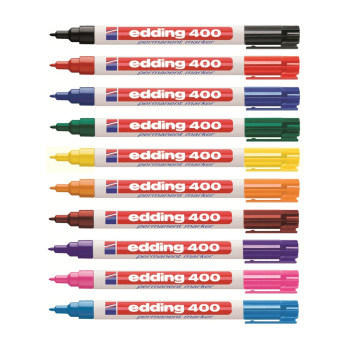
24,60 30,75 EUR
In stock -
Ferrite magnet, Disc 20x10 mm.
MAGZ-1014-F
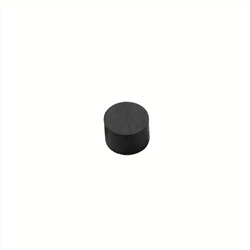
Strength 1.4 kg. 1,84 2,30 EUR
In stock -
Strong office magnet, Red Triangle
MAGZ-313-K
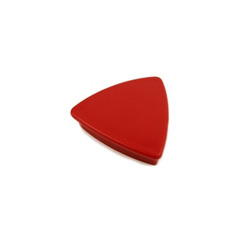
Strength 1.5 kg. 2,04 2,55 EUR
In stock -
Magnetic bowl for nails & screws, Ø148 mm (large)
MAGZ-1438-U
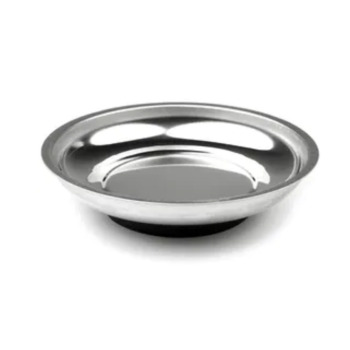
7,40 9,25 EUR
In stock -
Edding 400 Permanent Marker, Red (1 mm.)
MAGZ-931-E
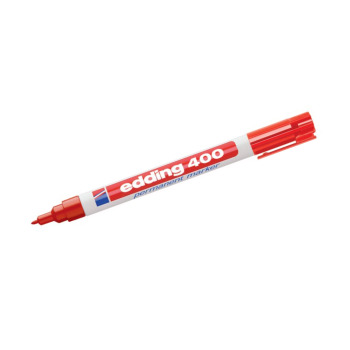
2,92 3,65 EUR
In stock -
Ferrite magnet, Disc 20x3 mm.
MAGZ-1007-F
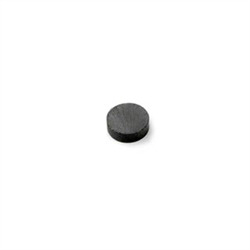
Strength 400 g. 0,96 1,20 EUR
In stock -
Strong office magnet, White Round
MAGZ-305-K
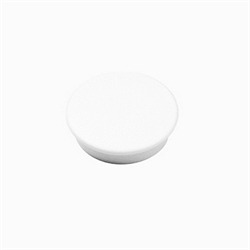
Strength 1.5 kg. 2,04 2,55 EUR
In stock -
Edding 400 Permanent Marker, Black (1 mm.)
MAGZ-930-E
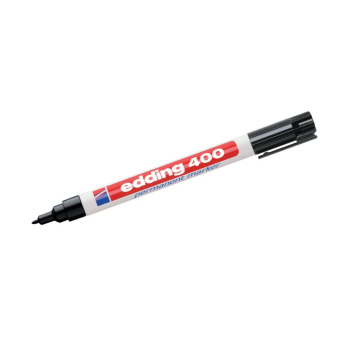
2,92 3,65 EUR
In stock -
Ferrite magnet, Disc 20x5 mm.
MAGZ-1008-F
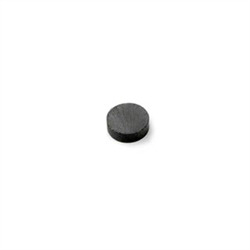
Strength 700 g. 1,40 1,75 EUR
In stock -
Strong office magnet, White Square
MAGZ-306-K
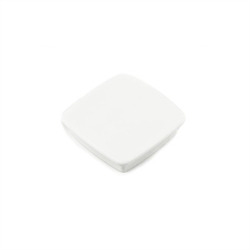
Strength 1.5 kg. 2,04 2,55 EUR
In stock -
Countersunk channel magnet 60x20x4 mm.
MAGZ-172-P
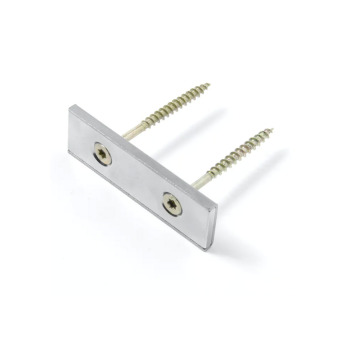
Strength 29.0 kg. 7,40 9,25 EUR
In stock -
Extra steel pieces for nameplates (self-adhesive), 10-pack
MAGZ-228-N
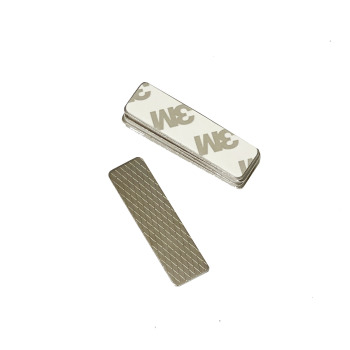
Not a magnet 2,68 3,35 EUR
In stock -
Ferrite magnet, Disc 25x10 mm.
MAGZ-1016-F
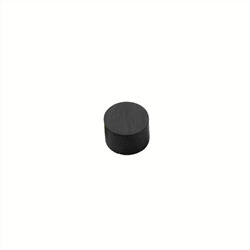
Strength 1.5 kg. 2,48 3,10 EUR
In stock -
Strong office magnet, White Triangle
MAGZ-304-K
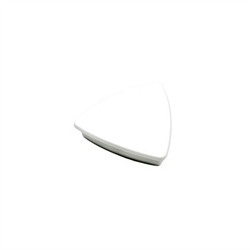
Strength 1.5 kg. 2,04 2,55 EUR
In stock -
Colored power magnets 4x7 mm., 10 pack, black
MAGZ-1032-P
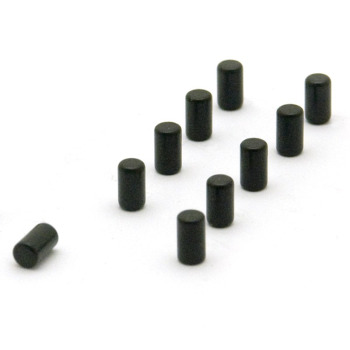
Strength 500 g. 12,80 16,00 EUR
In stock -
Ferrite magnet, Disc 25x15 mm.
MAGZ-1017-F

Strength 2.3 kg. 3,00 3,75 EUR
In stock -
Strong office magnet, Yellow Round
MAGZ-311-K
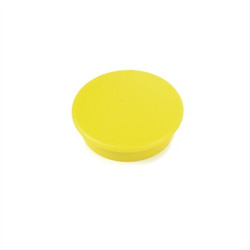
Strength 1.5 kg. 2,04 2,55 EUR
In stock -
Colored power magnets 6x3 mm, 10 pack, sky blue
MAGZ-1030-P
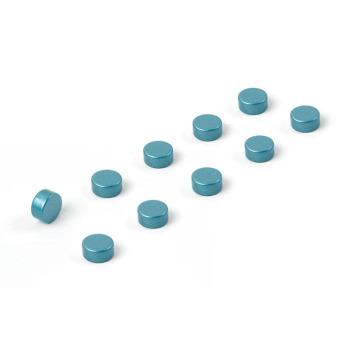
Strength 800 g. 12,80 16,00 EUR
In stock -
Ferrite magnet, Disc 25x5 mm.
MAGZ-1009-F
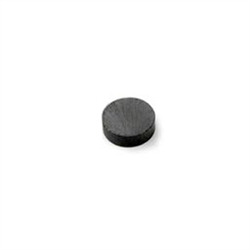
Strength 800 g. 1,40 1,75 EUR
In stock -
Ferrite magnet, Disc 30x10 mm.
MAGZ-1024-F
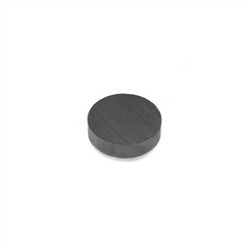
Strength 2.3 kg. 3,44 4,30 EUR
In stock -
Strong office magnet, Yellow Triangle
MAGZ-310-K
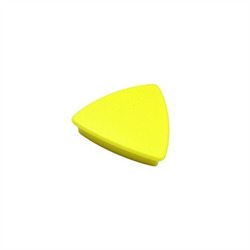
Strength 1.5 kg. 2,04 2,55 EUR
In stock -
Pot magnet w. hook, White Ø25 mm.
MAGZ-1312-P
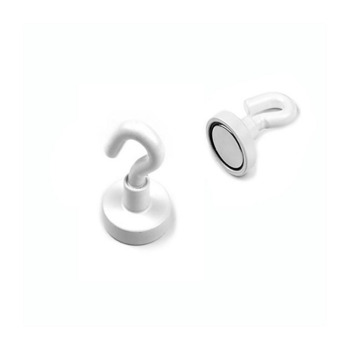
Strength 16.0 kg. 7,72 9,65 EUR
In stock -
Ferrite magnet, Disc 30x5 mm.
MAGZ-1005-F
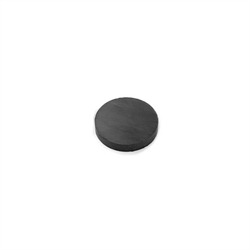
Strength 900 g. 1,52 1,90 EUR
In stock -
Ferrite magnet, Disc 40x10 mm.
MAGZ-1025-F
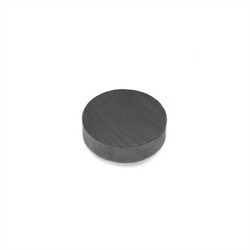
Strength 2.4 kg. 4,00 5,00 EUR
In stock -
BUTTON magnets, 6-pack - fridge magnets
MAGZ-517-K
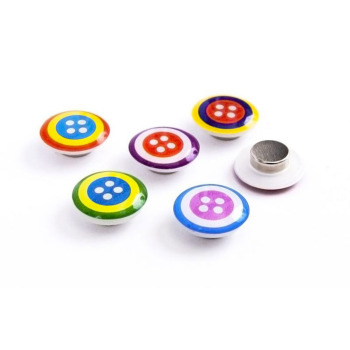
Strength 400 g. 8,00 10,00 EUR
In stock -
Ferrite magnet, Disc 40x20 mm.
MAGZ-1026-F
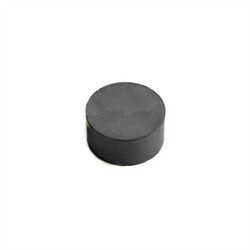
Strength 4.7 kg. 5,92 7,40 EUR
In stock -
Ferrite magnet, Block 40x20x10 mm.
MAGZ-1015-F
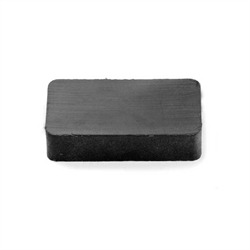
Strength 2.5 kg. 2,68 3,35 EUR
In stock -
Ferrite magnet, Disc 5x5 mm.
MAGZ-1001-F
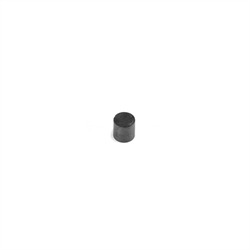
Strength 100 g. 0,64 0,80 EUR
In stock -
Magnetic clips silver, Bulldog xsmall 4-pack
MAGZ-634-K
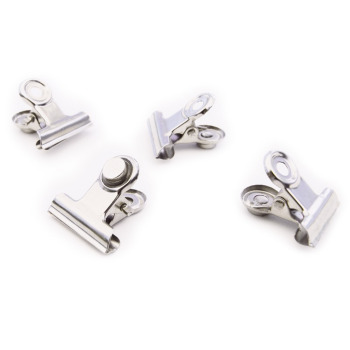
Strength 200 g. 8,04 10,05 EUR
In stock -
Panda key holder - Magnetic
MAGZ-588-K
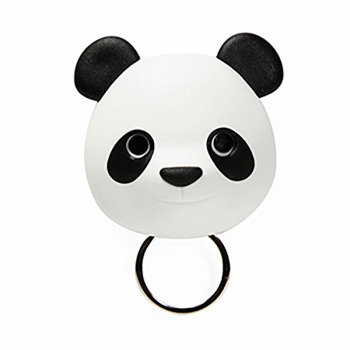
Strength 200 g. 13,80 17,25 EUR
In stock -
Football magnets, 4 pack
MAGZ-420-K
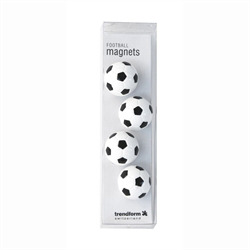
Strength 400 g. 8,48 10,60 EUR
In stock -
Strong office magnet, Black Round
MAGZ-308-K
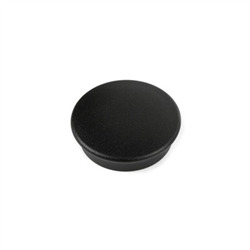
Strength 1.5 kg. 2,04 2,55 EUR
In stock -
MagBalls sphere magnet Ø5 mm., Pink
MAGBALLS-05-pink
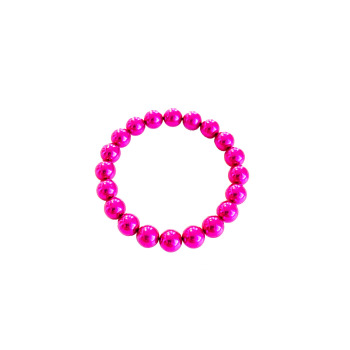
Strength 200 g. 0,32 0,40 EUR
In stock -
Pot magnet w. internal thread, Ø10 mm.
MAGZ-1421-U
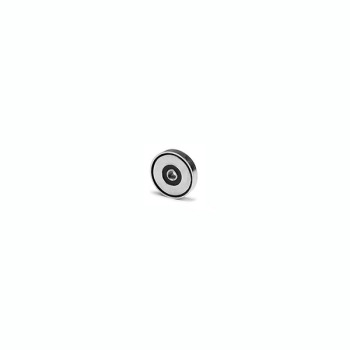
Strength 1.2 kg. 3,65 4,56 EUR
In stock -
Ladybird magnets, 6 pack - fridge magnets
MAGZ-448-K
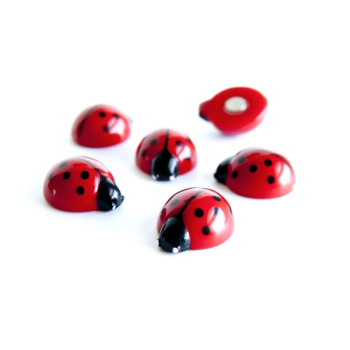
Strength 400 g. 10,60 13,25 EUR
In stock -
Legamaster Board Assistant TZ415 (2-Piece Set), Dark Grey
MAGZ-830-L
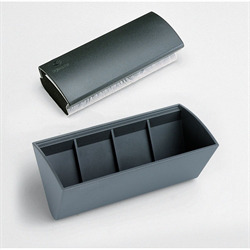
21,40 26,75 EUR
In stock